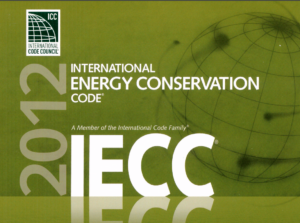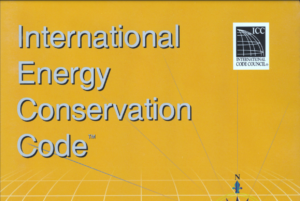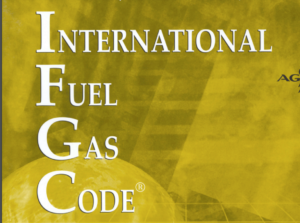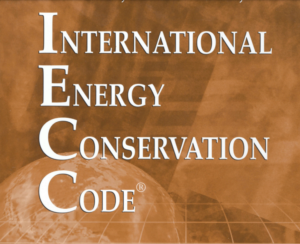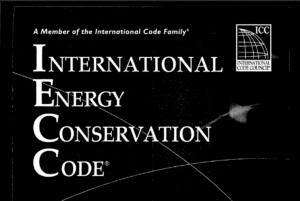The 2006 Washington State Energy Code (WSEC) sets the minimum standards for energy efficiency in building design and construction in Washington State. It allows flexibility in building design by permitting trade-offs between heating equipment efficiencies and building envelope thermal performance. The code is part of the Washington State Building Code and aligns with the International Building Codes, including mechanical, fire, and plumbing codes.
The WSEC emphasizes energy conservation through three compliance paths: a systems analysis approach, a component performance approach, and a prescriptive requirements approach. Buildings must meet the standards , depending on their design path. It covers new buildings and alterations to existing structures, with specific exemptions for certain buildings, like those with low energy usage or greenhouses not intended for occupancy.
Local jurisdictions are responsible for enforcing the code and can amend it, provided amendments do not lower the code’s performance standards. However, specific provisions, such as those related to residential energy, air quality, and accessibility, cannot be amended locally. Any proposed amendments must be reviewed and approved by the State Building Code Council.
Building permits are subject to fees that support the activities of the State Building Code Council. Permit fees include a base fee plus an additional fee for multiple-unit residential buildings. The code also includes provisions for the use of alternate materials and methods of construction, provided they meet or exceed the code’s standards. Inspections are required to ensure compliance, and any conflicts with other codes are resolved by prioritizing the most specific requirements. The code is intended to be the maximum and minimum energy code for residential occupancies statewide.

